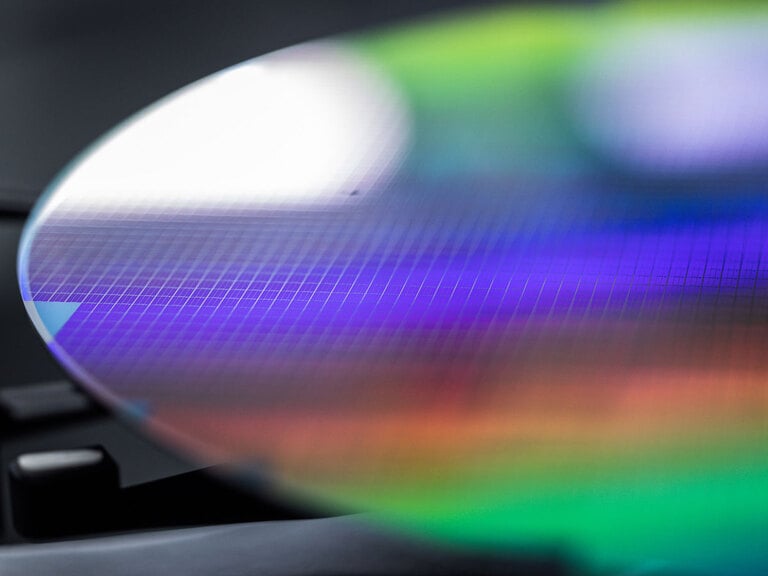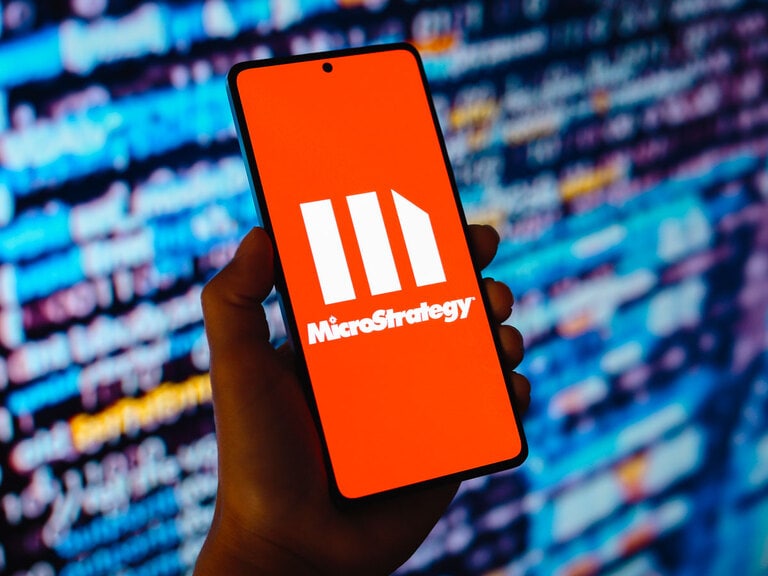Arm plays a critical role in the semiconductor industry, and the Arm share price has surged this year amid the artificial intelligence (AI) boom. While ARM stock should continue to gain as the company eats into Intel’s dominance in the AI PC market, the rise of RISC-V architecture could be a headwind further down the road.
Arm [ARM] is a British semiconductor and software company best known for its chip designs. Big-name customers include Apple [AAPL], Qualcomm [QCOM] and Samsung [SSNLF].
ARM stock is up 192% since its IPO last September and up 98.3% since the start of 2024.
The company makes its money by selling licences to other chipmakers. Its chips are included in 30 billion devices each year, and have been added to a total of nearly 300 billion to date.
As Arm CEO Rene Haas told the Financial Times in June: “Arm has the most ubiquitous computer architecture on the planet”. This puts ARM stock in a strong position, although there may be some headwinds on the medium-term horizon.
The Arm share price has fallen back 21% since peaking at an all-time high on 9 July.
This recent drop in the ARM stock has been part of a broader selloff hitting chip stocks, which was partly triggered by reports that the Biden administration is looking to tighten restrictions on exports to China.
Building the AI Chip Business
Arm is set to launch its first AI chip next year. According to a May report by Nikkei Asia, the company is aiming to establish an AI division and develop a prototype by the spring, then enter mass production in the autumn.
Softbank [SFTBY], which acquired Arm for $32bn in 2016 and still retains a 90% stake, is said to have sounded out TSMC [TSM] and other unnamed companies in a bid to secure production capacity.
Arm will reportedly take on the initial development costs, which are expected to total hundreds of billions of yen. Once established, Softbank CEO Masayoshi Son may look to spin it off into a separate entity within Softbank.
Ready to invest in Arm? Download the OPTO app today.
Arm’s Revenue Goes from Strength to Strength
Arm’s annual revenue topped $3bn for the first time in the 12 months to the end of March, the company reported in May, driven by AI tailwinds.
“From cloud to edge, all AI software models, from GPT to Llama, rely and run on the Arm compute platform. As these models become larger and smarter, their requirements for more compute with greater power efficiency can only be realised through Arm,” asserted Haas in the earnings release.
Arm is often referred to as the ‘Switzerland’ of the semiconductor industry because of its neutrality and the fact it doesn’t favour one customer over another. While Arm doesn’t have a direct competitor per se, like Nvidia [NVDA] it can be considered a pure AI play, so it’s worth comparing the two stocks, and with them Advanced Micro Devices [AMD].
Source: Yahoo Finance
| ARM Stock | NVDA Stock | AMD Stock | |
| Market Cap | $156.13bn | $2.78trn | $226.27bn |
| P/S Ratio | 48.18 | 35.34 | 10.02 |
| Estimated Sales Growth (Current Fiscal Year) | 24.5% | 98.2% | 12.8% |
| Estimated Sales Growth (Next Fiscal Year) | 22.6% | 36.5% | 27.8% |
While projected revenue growth looks healthy, ARM stock is arguably overvalued compared to Nvidia — even more so in light of its projected revenue growth over the next couple of years, and AMD’s lower price-to-sales (P/S) ratio.
ARM Stock: The Investment Case
Bull Case for ARM Stock
Arm is gradually eating into Intel’s [INTC] dominance in the PC market.
Chip architecture is split into two camps: Arm and Intel’s x86. Arm-based chips are found in almost every smartphone, while x86 CPUs haven’t made their way into smartphones since 2018. Intel’s x86 does, however, have the largest share of the PC chip architecture market, but even this is now coming under threat from Arm.
Back in June, Microsoft [MSFT] launched its series of AI PCs powered by Qualcomm’s Snapdragon X series chips, which use the Arm architecture. Arm-based chips are more energy-efficient than x86-based chips and could help Arm to capture 25% of the AI PC market by 2027, according to Counterpoint Research.
Haas told Reuters earlier this year that the company’s aim is to control at least 50% of the Windows PC market by 2029.
Bear Case for ARM Stock
The biggest challenge to ARM stock is — and has been since the pre-IPO days — China, which accounts for nearly a fifth of revenue.
Arm China is the only company allowed to sell Arm’s IP in the country, but the problem is that Arm doesn’t actually have any control over its subsidiary. This means that Arm China’s financial reporting has a major question mark hanging over it. Arm must accept that the numbers being reported are accurate.
To complicate matters, reports emerged earlier this year that former Arm China CEO Allen Wu has established a RISC-V start-up. RISC-V is an open-source approach to designing chips, whereby designs are provided under open-source licences so don’t require fees.
Right now, RISC-V isn’t a threat to Arm’s royalty business model. But this could change as the RISC-V technology develops and becomes more widely adopted.
Conclusion
There’s no denying that ARM stock plays a crucial role in the AI ecosystem, and demand for chips and devices with AI capabilities is helping the company to grow its revenue. But there are reasons to be both bullish and bearish on the stock.
As ever, investors should conduct their own research before making any investment decision.
Disclaimer Past performance is not a reliable indicator of future results.
CMC Markets is an execution-only service provider. The material (whether or not it states any opinions) is for general information purposes only, and does not take into account your personal circumstances or objectives. Nothing in this material is (or should be considered to be) financial, investment or other advice on which reliance should be placed. No opinion given in the material constitutes a recommendation by CMC Markets or the author that any particular investment, security, transaction or investment strategy is suitable for any specific person.
The material has not been prepared in accordance with legal requirements designed to promote the independence of investment research. Although we are not specifically prevented from dealing before providing this material, we do not seek to take advantage of the material prior to its dissemination.
CMC Markets does not endorse or offer opinion on the trading strategies used by the author. Their trading strategies do not guarantee any return and CMC Markets shall not be held responsible for any loss that you may incur, either directly or indirectly, arising from any investment based on any information contained herein.
*Tax treatment depends on individual circumstances and can change or may differ in a jurisdiction other than the UK.
Continue reading for FREE
- Includes free newsletter updates, unsubscribe anytime. Privacy policy





